 Abraham Lincoln
If given the truth, the people can be depended upon to meet any national crisis...
Abraham Lincoln
If given the truth, the people can be depended upon to meet any national crisis...
 Guildford news...
for Guildford people, brought to you by Guildford reporters - Guildford's own news service
Guildford news...
for Guildford people, brought to you by Guildford reporters - Guildford's own news service
Birdwatcher’s Diary No.243
Published on: 5 Nov, 2021
Updated on: 5 Nov, 2021
By Malcolm Fincham
Although overcast for the most part of the daylight hours on October 18, by late afternoon the clouds had shifted, allowing a few hours sunshine before sunset.
Making the best I could of such a gift I grabbed some camera gear and headed to one of my local haunts, Whitmoor Common..
It holds many fond memories from my youth. I even recall, in my early teens, camping there with eight or more school-time friends. Although the makeshift tents blew away, and a rainstorm pursued, It was there I had my first opportunity of sighting badgers. A family of five, or so I recall, playing in the moonlight. That was before the rain came.
Although grateful to hear a skylark singing there occasionally in recent years, I’m still reminded of their relentless song after the rain had past and the sun came out, being cursed to a soaked through overtired teenager.
Putting such character-building events behind me, and having been reminded by the recent torrential rain that passed rapidly through overnight, by the morning of October 21, the rain had cleared the air. There was a vivid clarity in the sunlight.
The sound of a common buzzard alerted me to its call, allowing me time to ‘snatch’ an unusual photo-angle of it as it flew just above the tree line.
By late in the afternoon as the sun began to sink low, a mistle thrush perched up in a tall silver birch that had been scorched by the heathland fire there in 2020.
Jays continued to be active around the heathland, as well as quite vocal at times, as they collected and stashed any nuts they could find, while checking and rechecking that no-one was watching as they cached their quarry.
The damp soil had brought forth the emergence of a variety of fungi. My personal favourite being the brightly coloured, fly agaric. Although poisonous, this red and white spotted toadstool is well renown. Garden ornaments and children’s books often associate them with gnomes and fairies.
Although not easy to estimate the exact number as sunset beckoned, as many as 100 or more meadow pipits wintering around the heathland could be seen perched up on the wires that passed overhead.
That was without counting a group of linnets that lined up alongside them. As well as the occasional stonechat.
As the light began to fade, a stag roe deer regularly made an appearance, emerging from the long shadows being cast.
A kestrel appeared from nowhere to make its last attempt to hunt that day, looking for a savoury snack to see it through the night.
Eventually giving way to another pleasant sunset.
At Britten’s Pond the following day, a great crested grebe had returned now in its winter plumage.
One of the regularly visiting cormorants could be viewed flying over the pond.
While the resident grey wagtails continued to be seen and heard, as their undulating flight carried them over the water.
Adding a splash of colour to autumn, was the contused sighting of the kingfisher.
By the water’s edge a blackbird plucked a few berries from one of the hawthorn bushes that grew by the bank of the pond.
 Bold in its nature, and making its presence well known, a robin flew down from its perch nearby, in hope of a treat.
Bold in its nature, and making its presence well known, a robin flew down from its perch nearby, in hope of a treat.
By October 23, the leaves turning colour on some of the local trees, when sunlit, were quite absorbing.
Possibly the most therapeutic moments of the last week of the month was a stroll along some of the public footpaths that pass across farmland in Shackleford, near Godalming.
Sunny spells, interspersed by the an occasional sharp shower of rain that passed through, was enough to bring out some local birds of prey to play and display.
At least three red kites were interacting with one another, their feathers looking in fine plumage. Showing off, in spite of their impressive wingspan, how incredibly agile they can be.
Two common buzzards flew in low overhead, fully aware of the ‘kites’ but not wishing to join in their games.
Several mixed flocks, included linnets and goldfinches, could be viewed perched up and from time to time coming to ground or feeding on seed heads.
While skylarks and meadow pipits could be observed in a recently ploughed field.
Along a hedgerow, at least two chiffchaffs could be seen as they flitted back and forth catching insects.
Closer inspection and a photo, revealed one of them had an identification ring. Possibly recently rung by a guy named Steve, who is one of Surrey Bird Club’s registered ringers.
At least four roe deer grazed out in the open. Scampering into cover on sight of my presence.
The large influx of redwings along with other winter visitors from Scandinavia mentioned in my previous report, puzzled me a little. Where had all these birds settled? Had they continued their flight into France?
Apart from a few groups viewed in recent days flying overhead, I still hadn’t seen any settled and feeding on berries. What’s more, I hadn’t seen a fieldfare as yet!
A visit to Effingham Forest, while linking up once again with long-time pals Bob and Dougal, gave me the opportunity to photo another small group of bramblings feeding around the beech trees.
A group of a dozen or so redwings flew over, and although distant, I saw my first one this autumn that had perched up; albeit on a distant pine tree.
At the Riverside Nature Reserve, near Burpham, as the month came to a close, looking across from the towpath of the River Wey towards Bower’s Court Farm, a pair of stonechats could be viewed.
As I walked towpath there was a feeling of being followed. I hasten to add, not in a sinister manner, but by the constant ‘squeaky wheel’ sound of long-tailed tits. It seemed as soon as one family group had passed by, another was following.
On closer inspection of the groups of long-tailed tits, a variety of other bird species could be picked out.
A treecreeper and a great tit, as well as several blue tits. Even a male bullfinch could be heard and seen, although I was not quick enough to photograph it on this occasion.
The channel that runs through the area of boardwalk had been dredged recently. This was encouraging for me, with hope of attracting a few possible interesting sightings over the winter months to come.
Inspiriting to me on this occasion was getting a snapshot of a common snipe circling overhead.
At least two water rails, renown for their elusiveness, could be heard calling in an area nearby, less than an hour before sunset.
And although equally evasive, even a brief view of a Cetti’s warbler that might possibly winter there.
Late in the month, with daytime temperatures still above average, a pair of dragonflies could be seen mating and laying eggs in one of the newly-formed ditches.
The raft of tufted ducks on Stoke Lake had stabilised in their number, counting a dozen or so on recent visits.
While an addition to my sightings were two little grebes.
As Hallowe’en approached and the clocks were put back an hour, many may have begun to fear being grabbed by “ghosties and the ghoulies”. My only concern was the shortening daylight hours. So it certainly wasn’t the ghosties I feared being grabbed by!
Recent Articles
- Guildford Institute’s Crowdfunding Project for Accessible Toilet in its New Community and Wellbeing Centre
- Letter: Guildford – Another Opportunity Missed?
- Letter: GBC’s Corporate Strategy – Where Is the Ambition?
- My Memories of John Mayall at a Ground-breaking Gig in Guildford Nearly Six Decades Ago
- Westborough HMO Plans ‘Losing the Heart of the Street’ Says Resident
- College Invests to Boost Surrey’s Economy and Close Digital Skills Gap
- Community Lottery Brings Big Wins for Local Charities
- GBC Housing Plan Promises ‘A Vibrant Urban Neighbourhood’ Near Town Centre
- Hospital Pillows ‘Shortage’ at the Royal Surrey
- Updated: Caravans Set Up Camp at Ash Manor School


Search in Site
Media Gallery
Dragon Interview: Local Artist Leaves Her Mark At One of England’s Most Historic Buildings
January 21, 2023 / No Comment / Read MoreDragon Interview: Lib Dem Planning Chair: ‘Current Policy Doesn’t Work for Local People’
January 19, 2023 / No Comment / Read MoreA3 Tunnel in Guildford ‘Necessary’ for New Homes, Says Guildford’s MP
January 10, 2023 / No Comment / Read More‘Madness’ for London Road Scheme to Go Ahead Against ‘Huge Opposition’, Says SCC Leader
January 6, 2023 / No Comment / Read MoreCouncillor’s Son Starts Campaign for More Consultation on North Street Plan
December 30, 2022 / No Comment / Read MoreCounty Council Climbs Down Over London Road Works – Further ‘Engagement’ Period Announced
December 14, 2022 / No Comment / Read MoreDragon Interview: GBC Reaction to the Government’s Expected Decision to Relax Housing Targets
December 7, 2022 / No Comment / Read MoreHow Can Our Town Centre Businesses Recover? Watch the Shop Front Debate
May 18, 2020 / No Comment / Read More



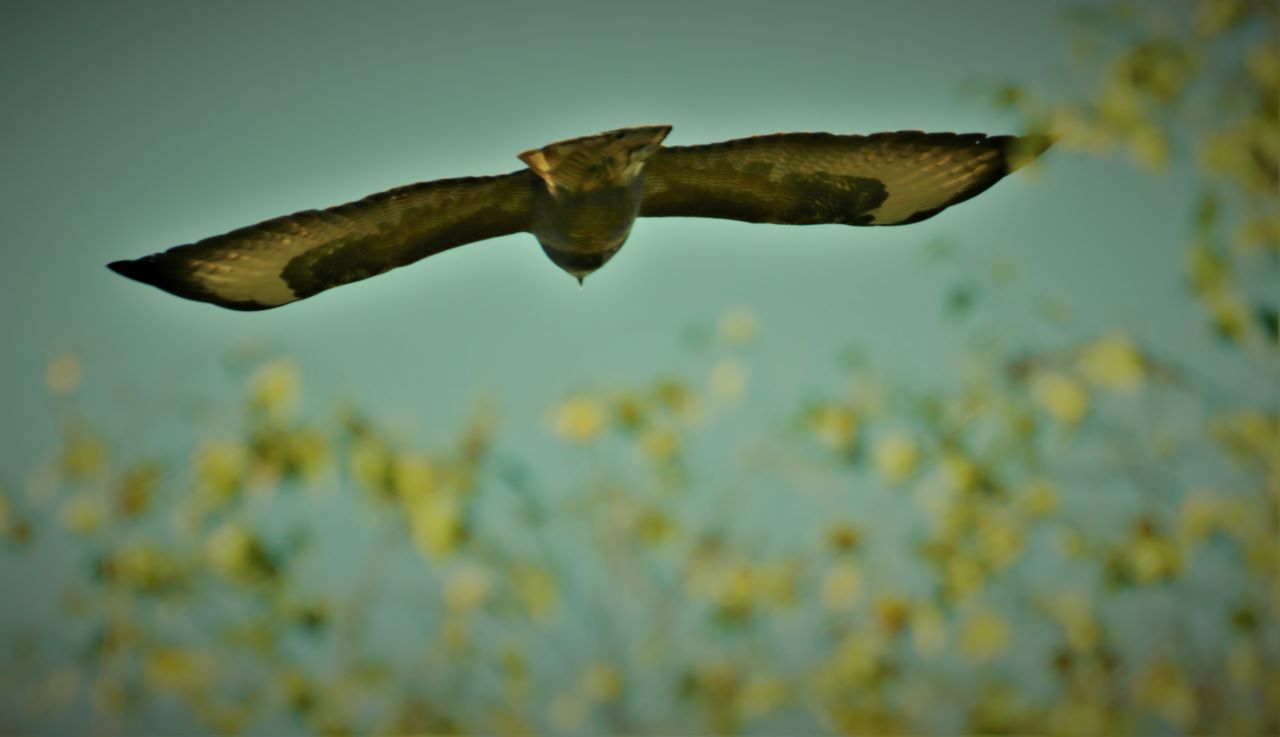
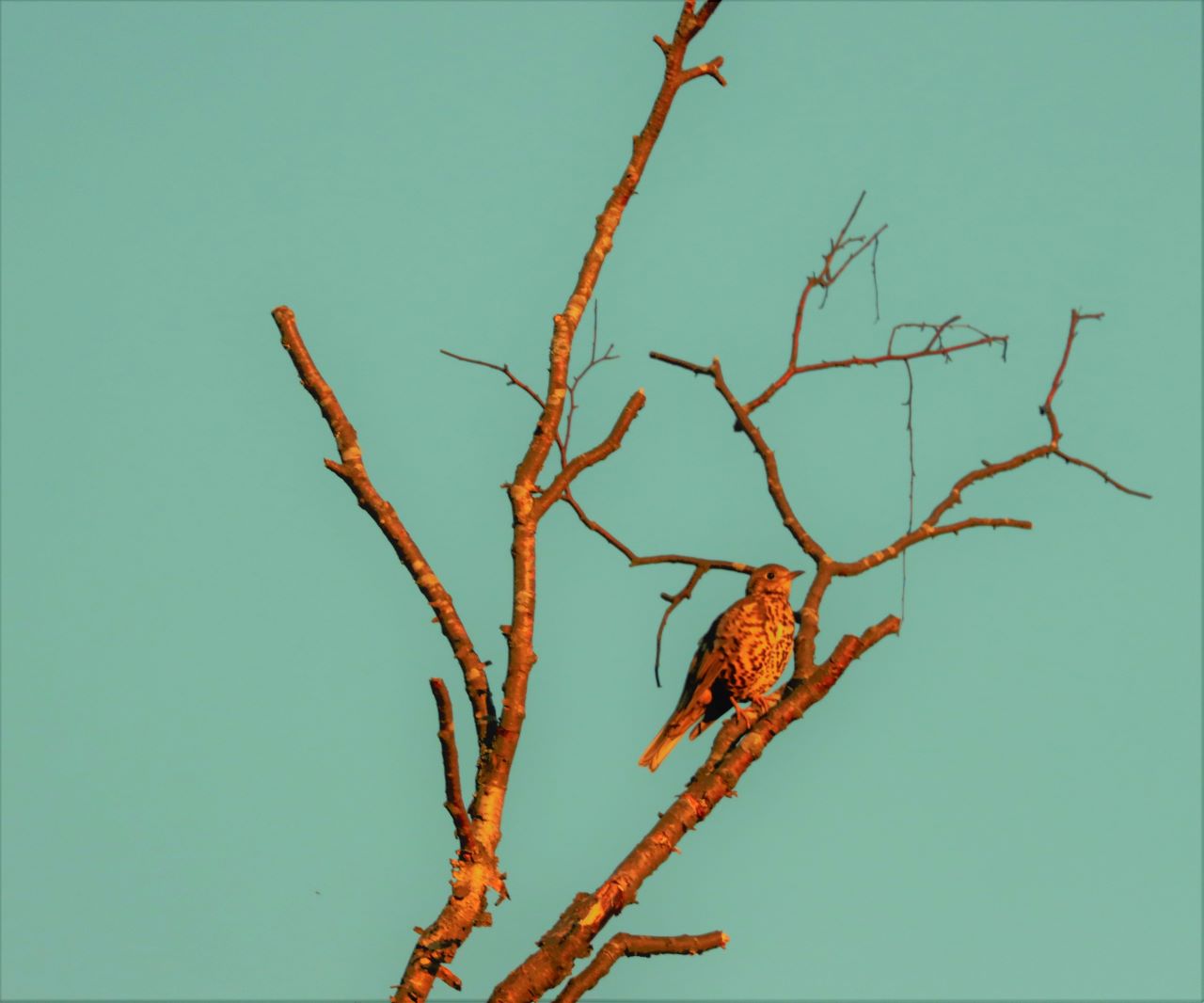
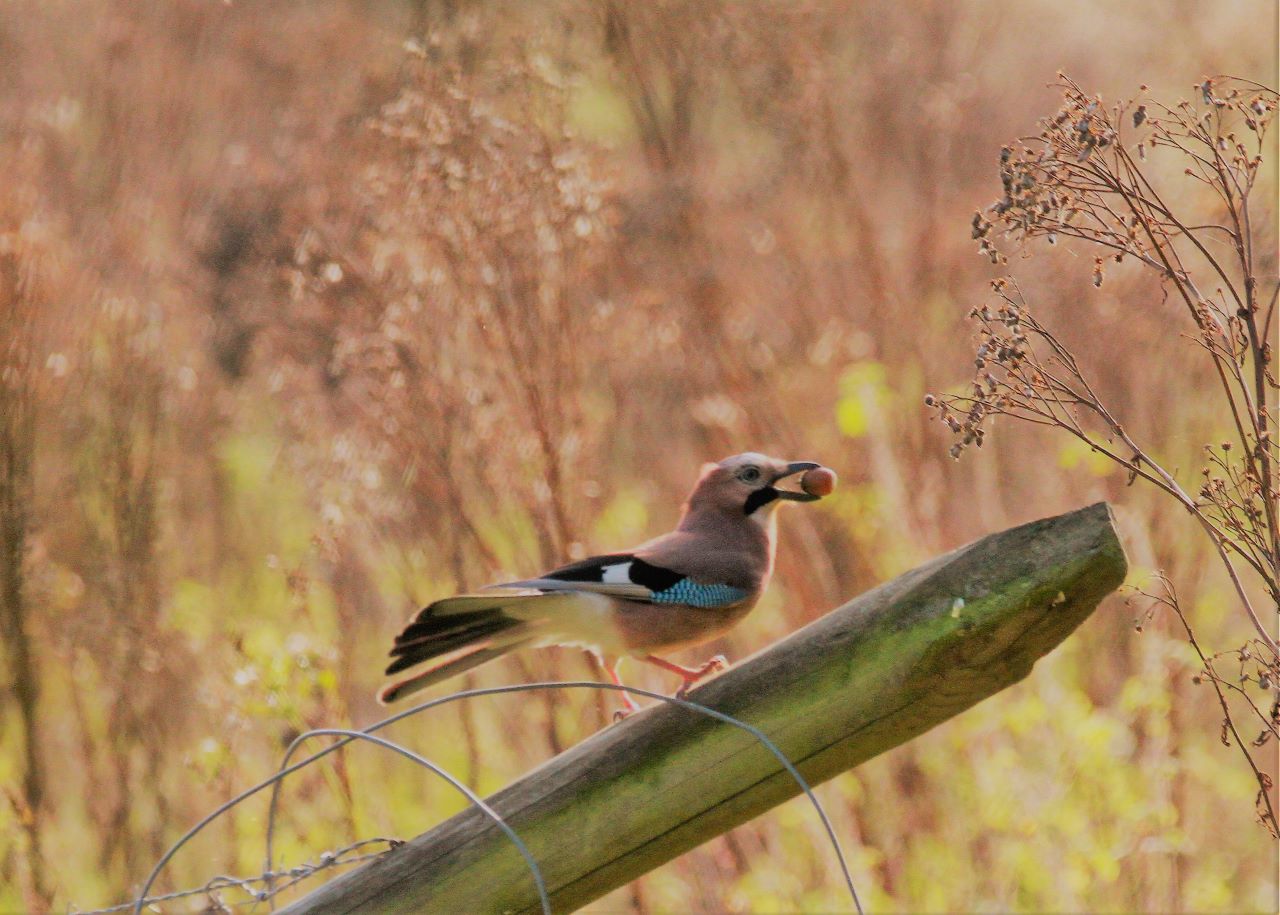
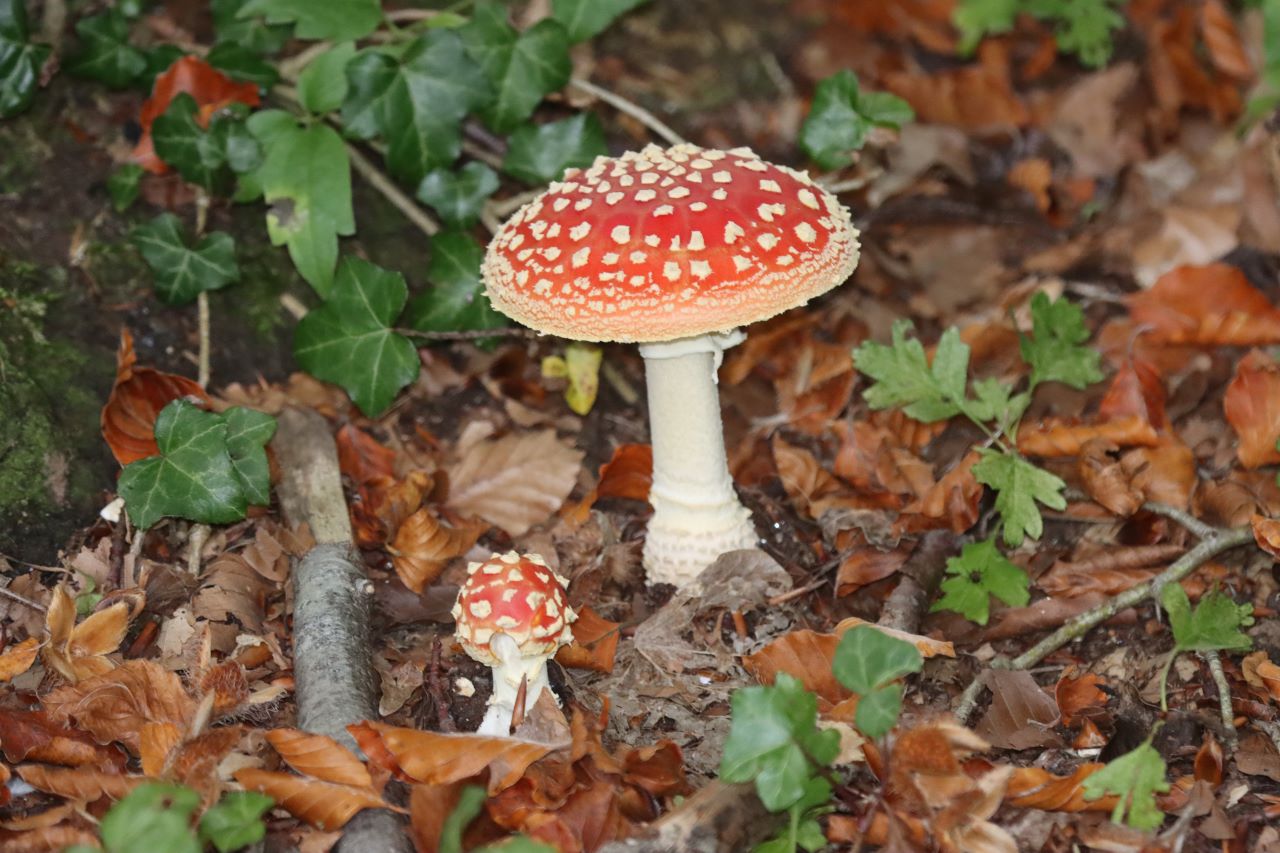
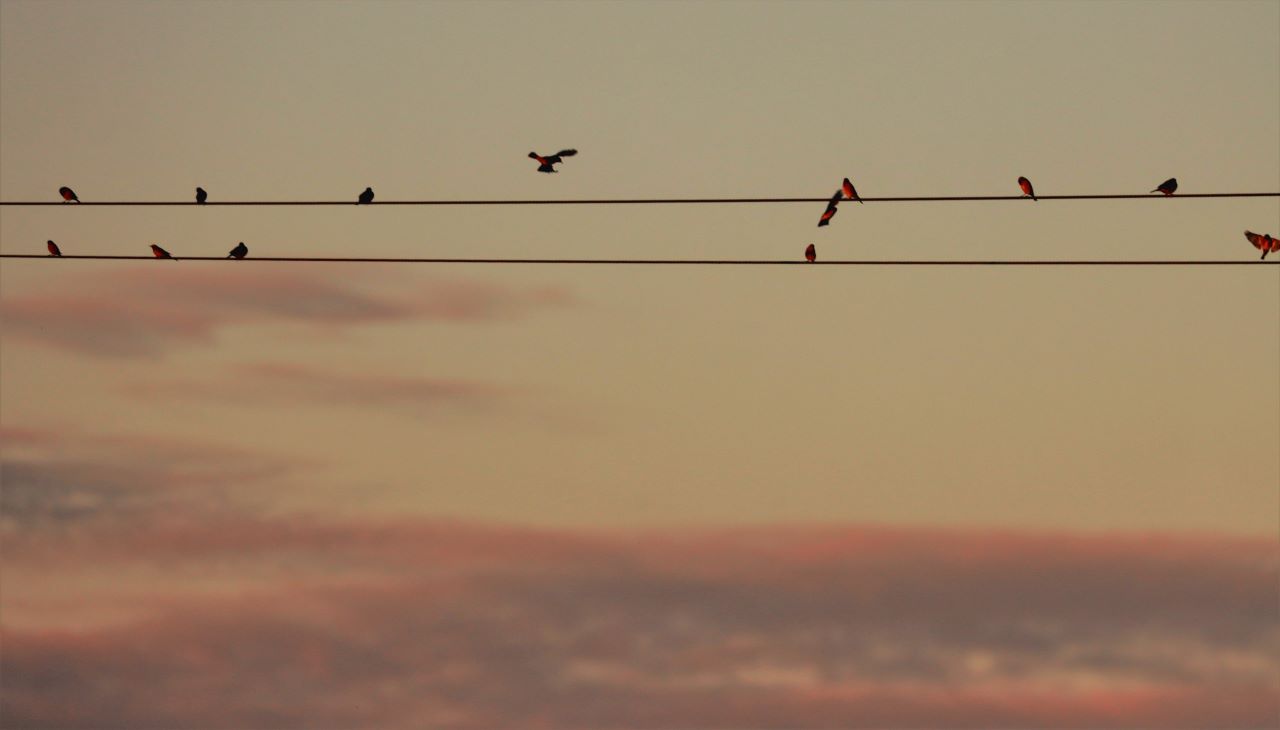
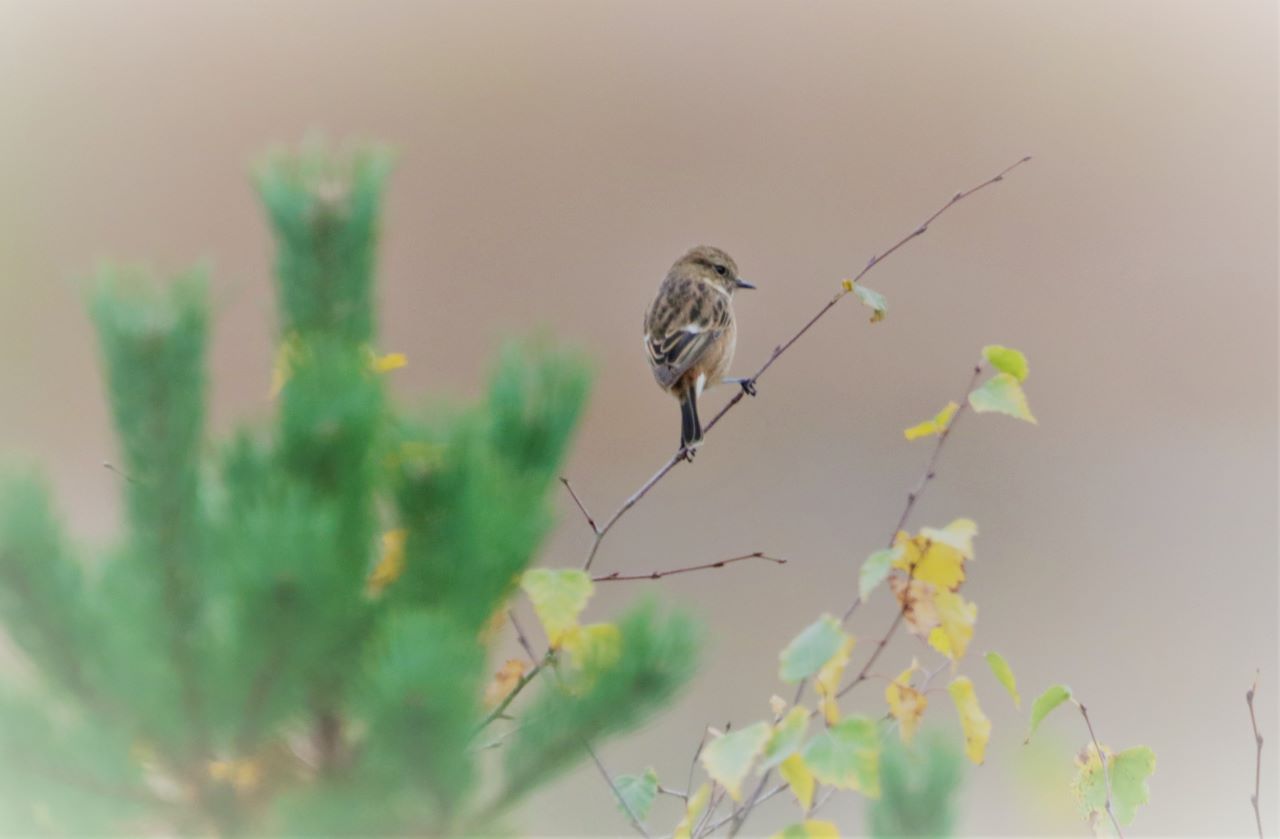



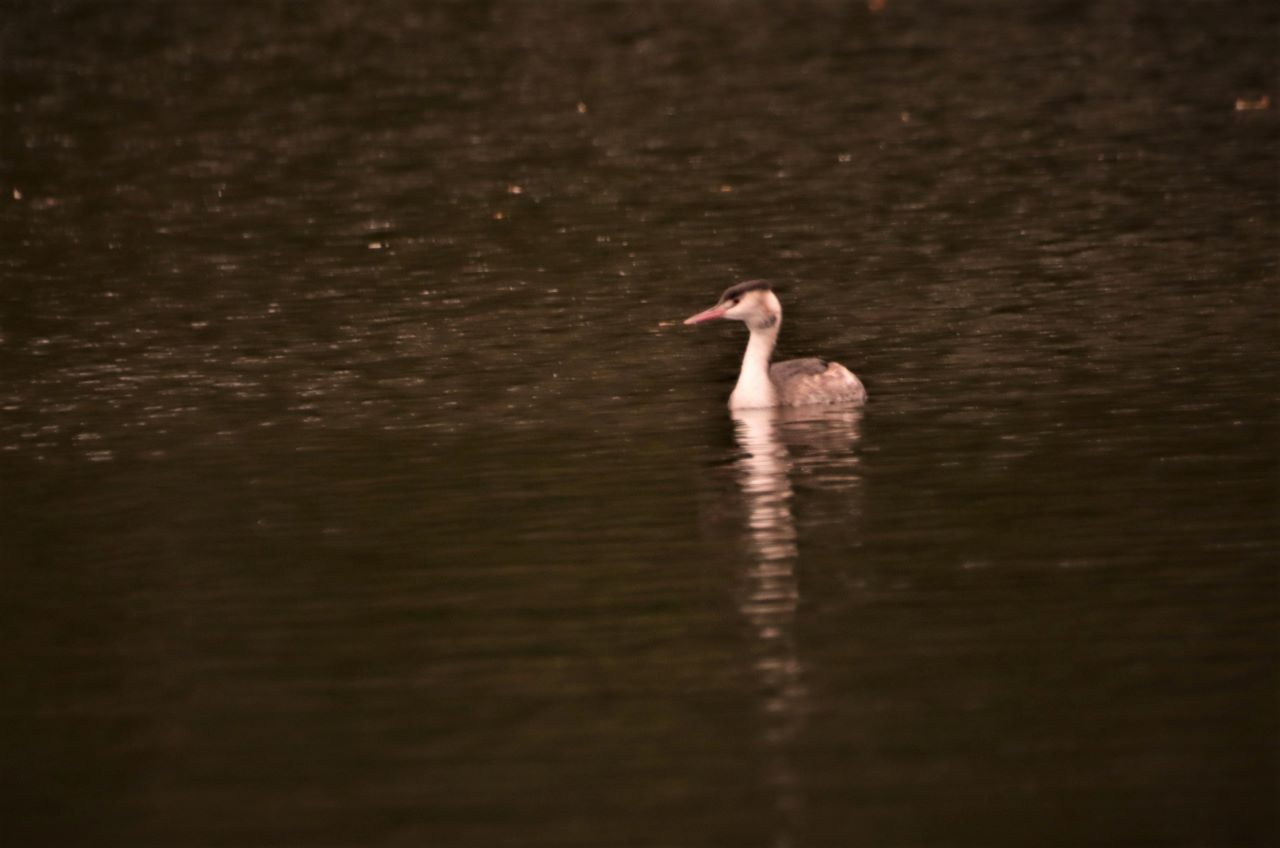
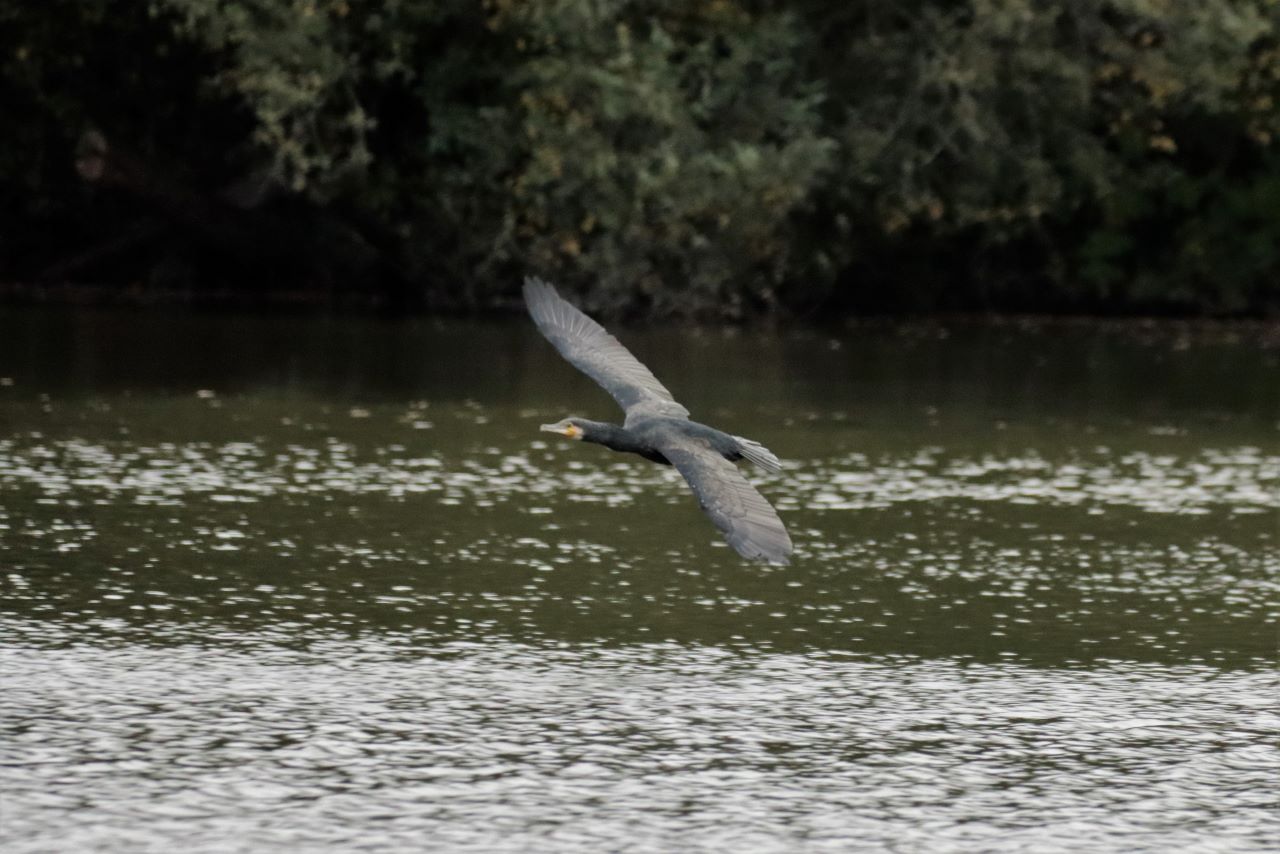
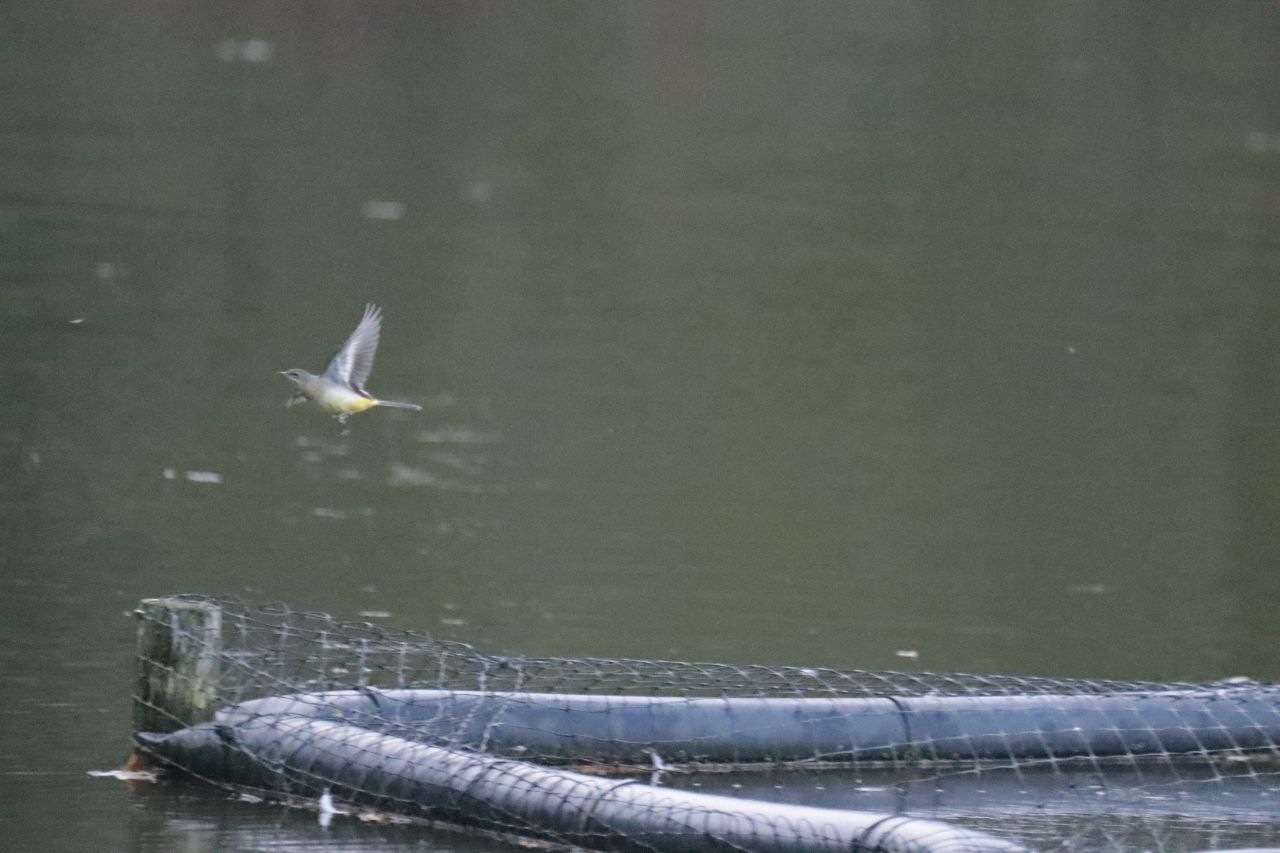

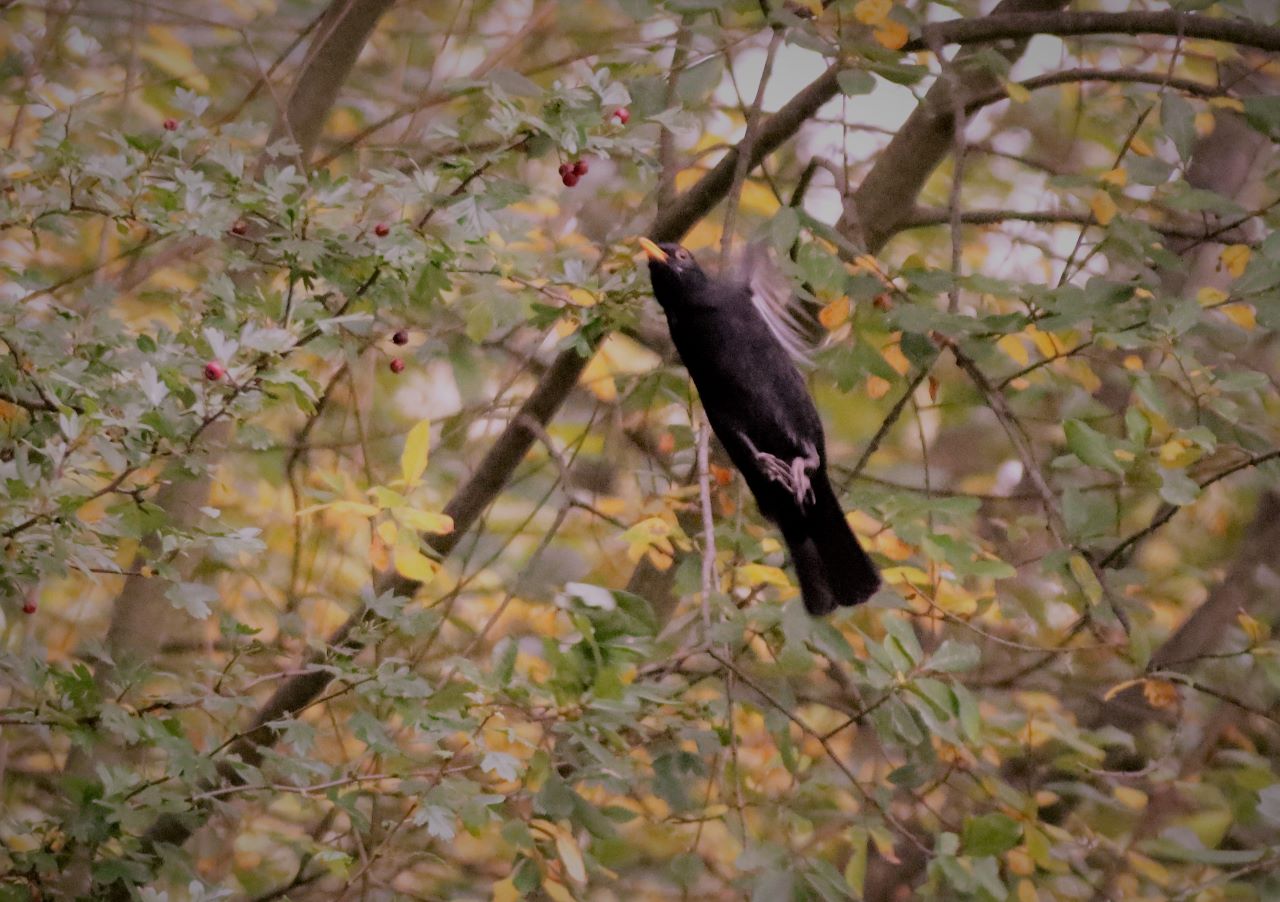

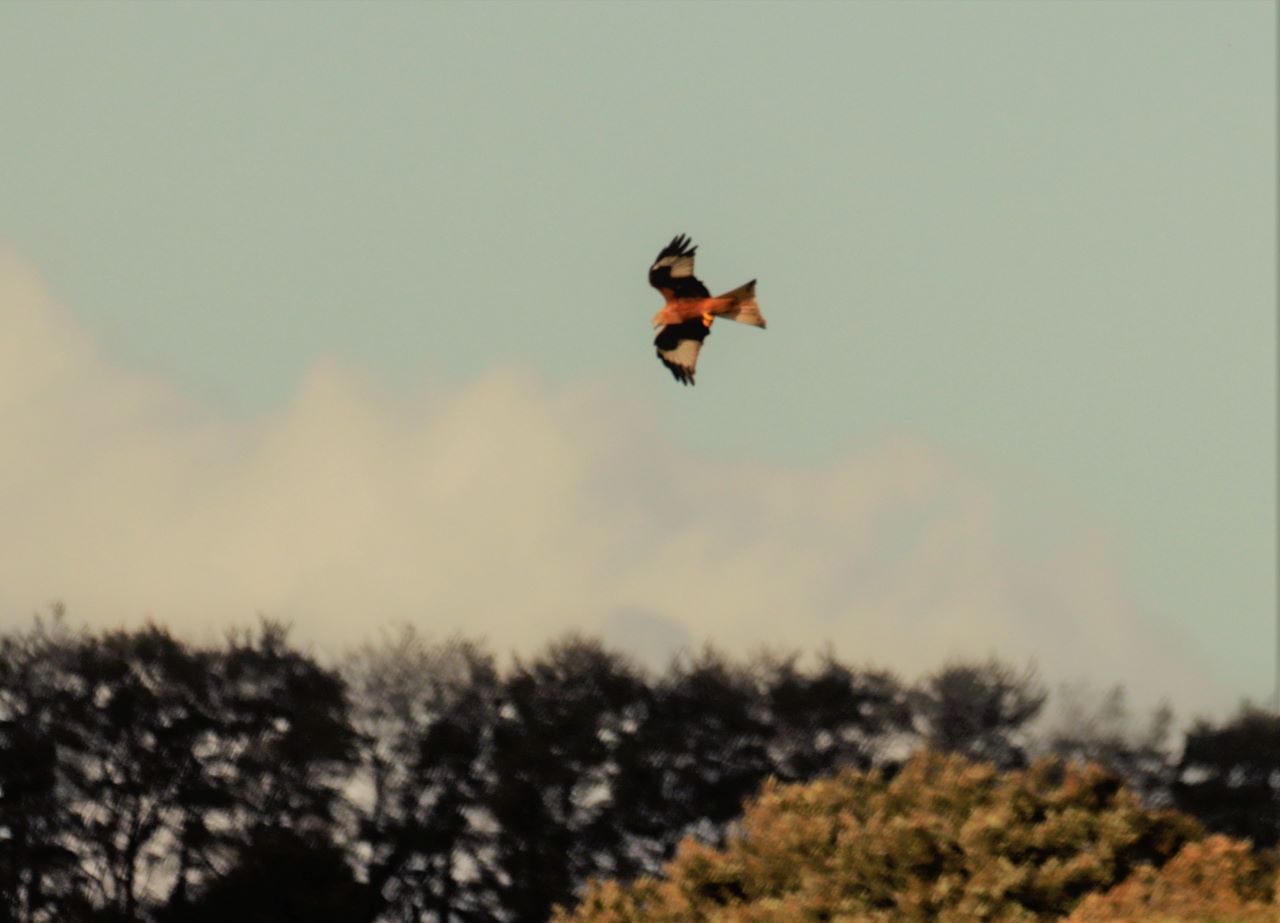
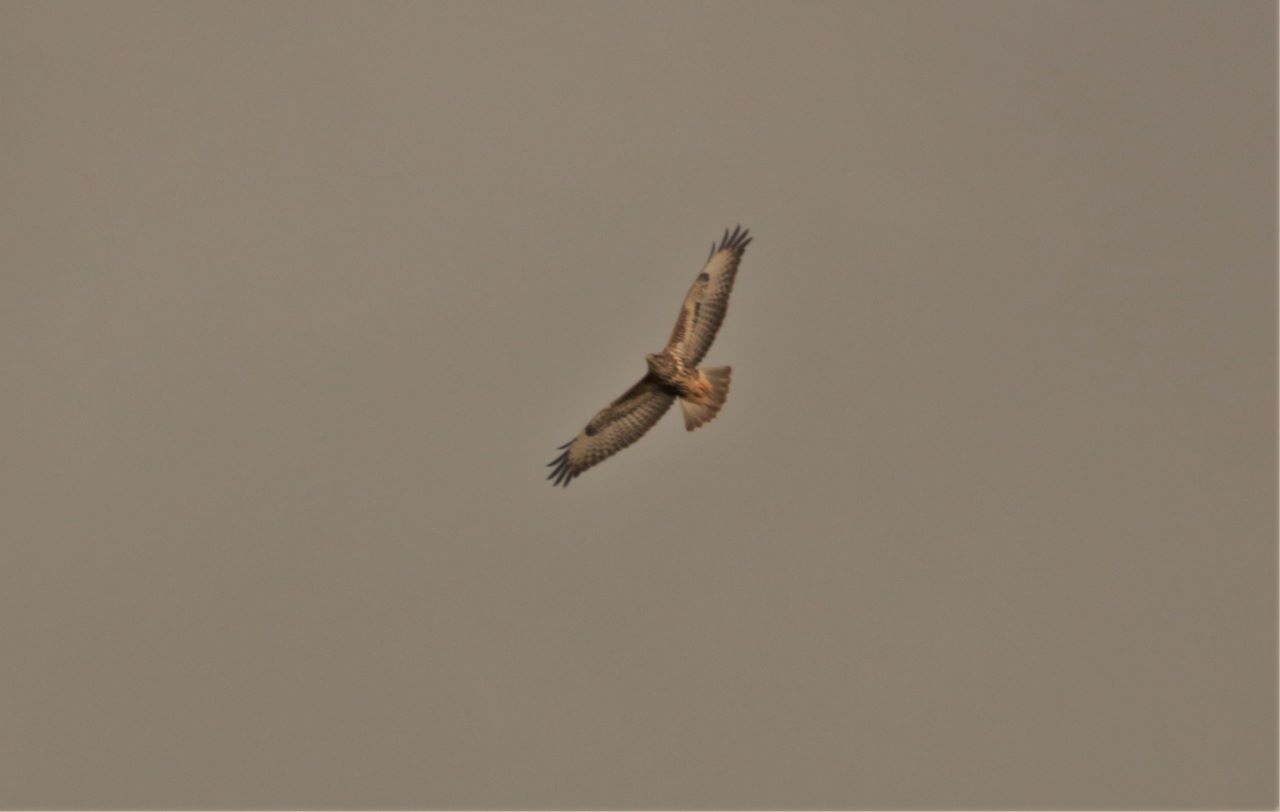
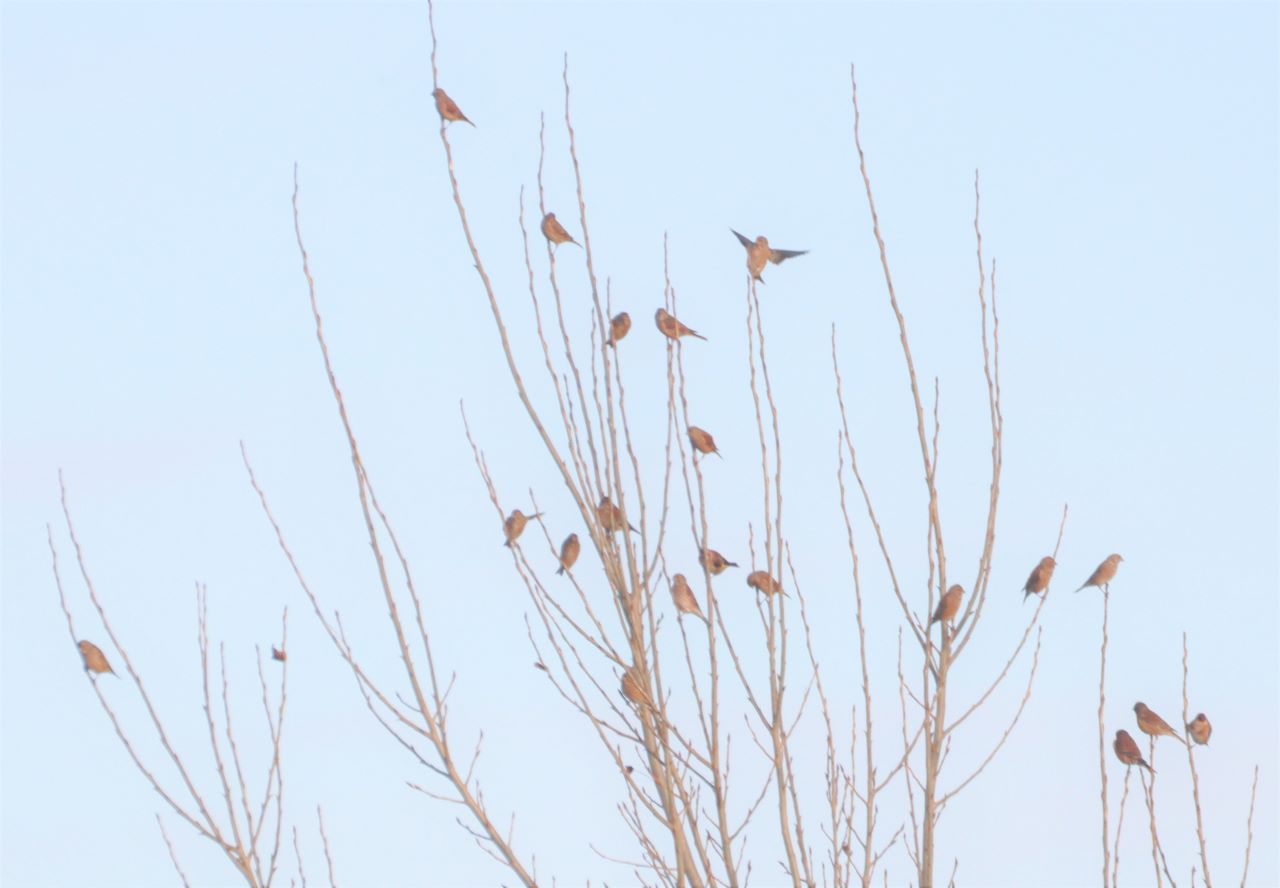
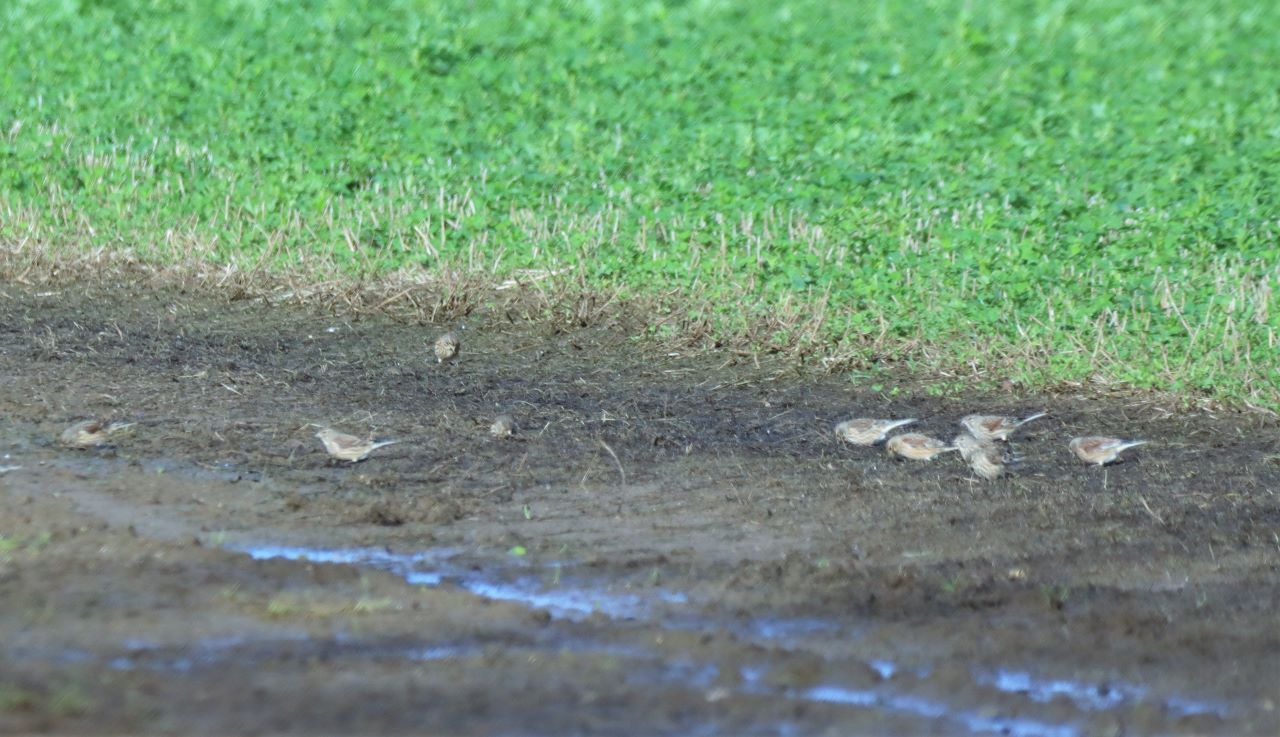
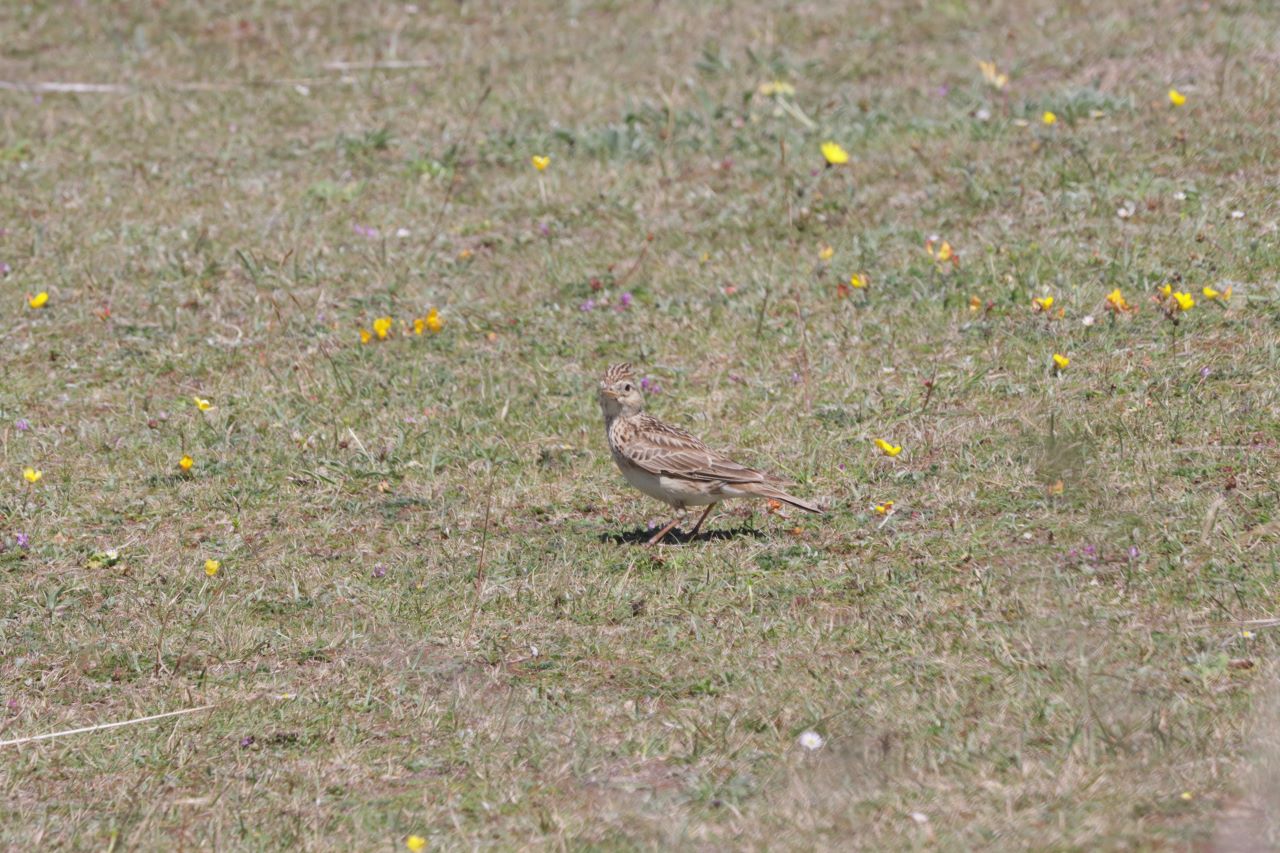

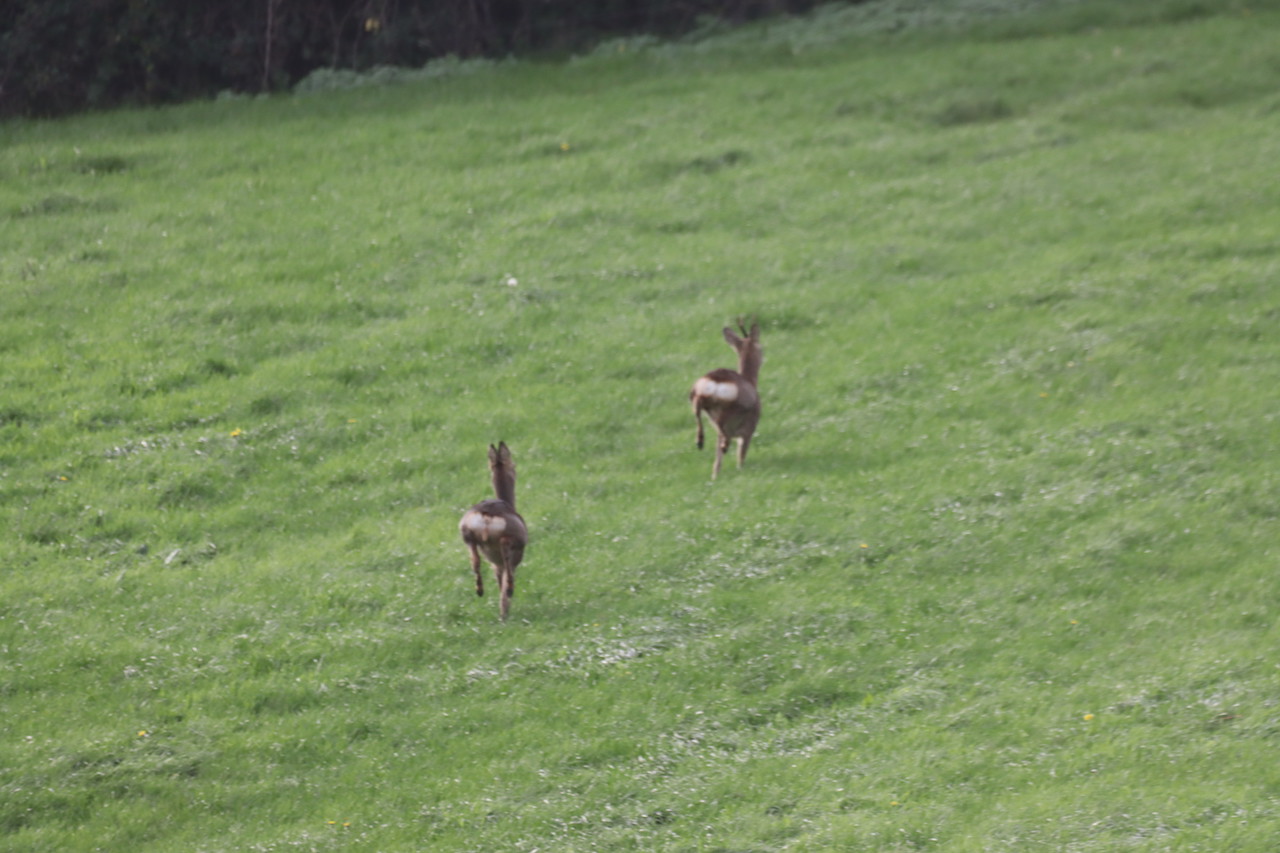
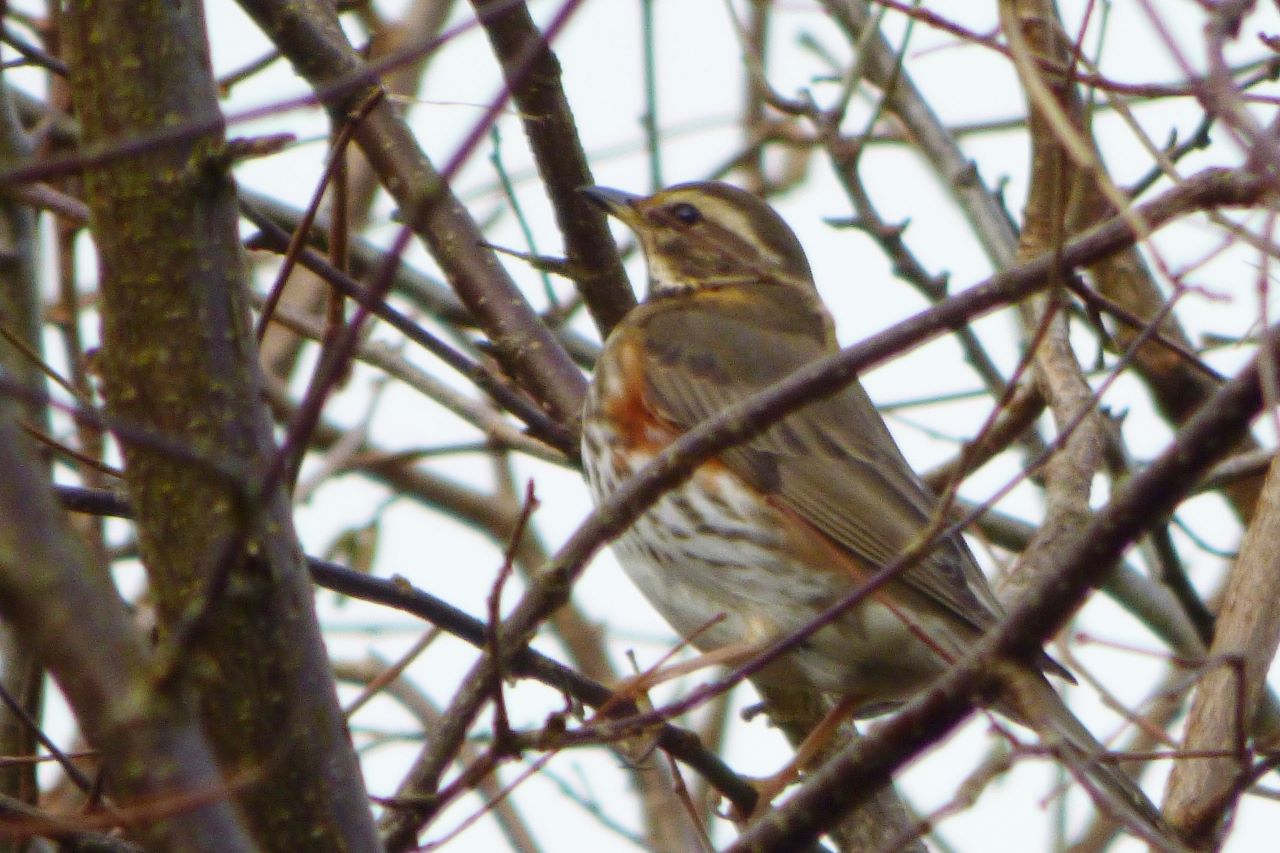
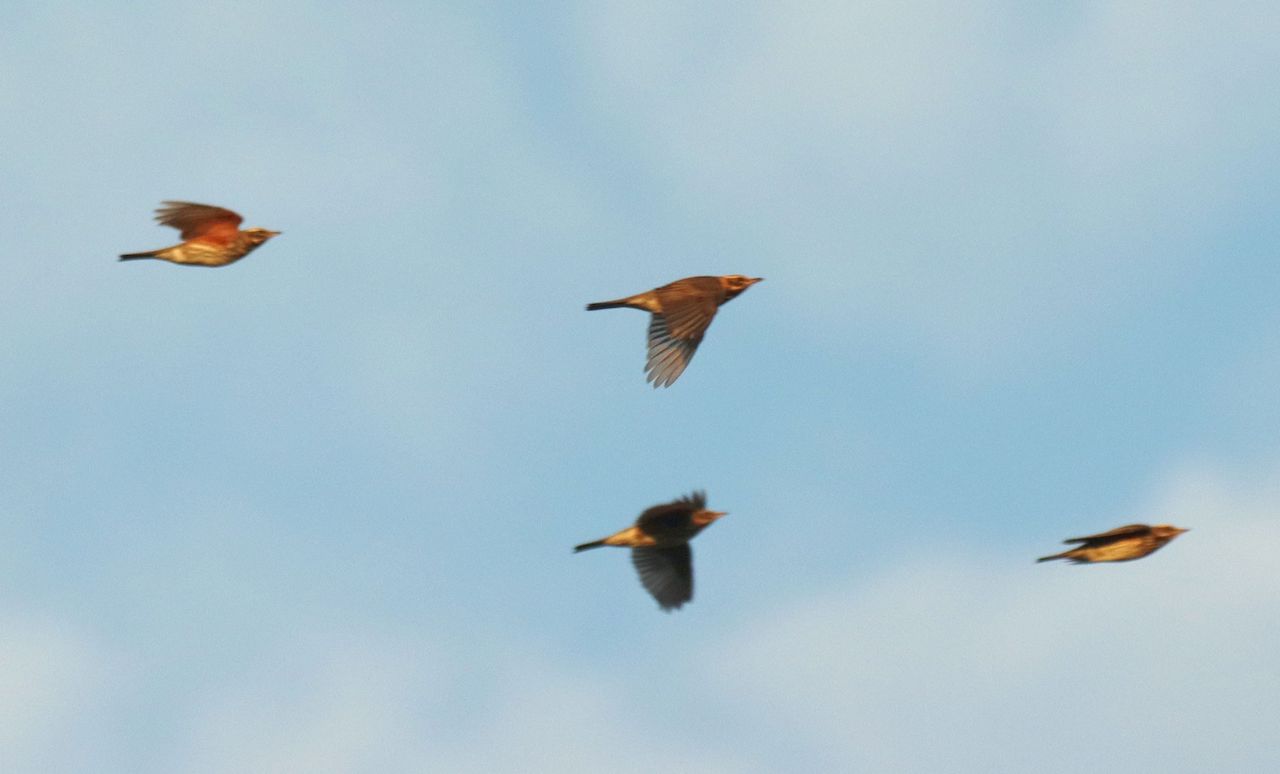
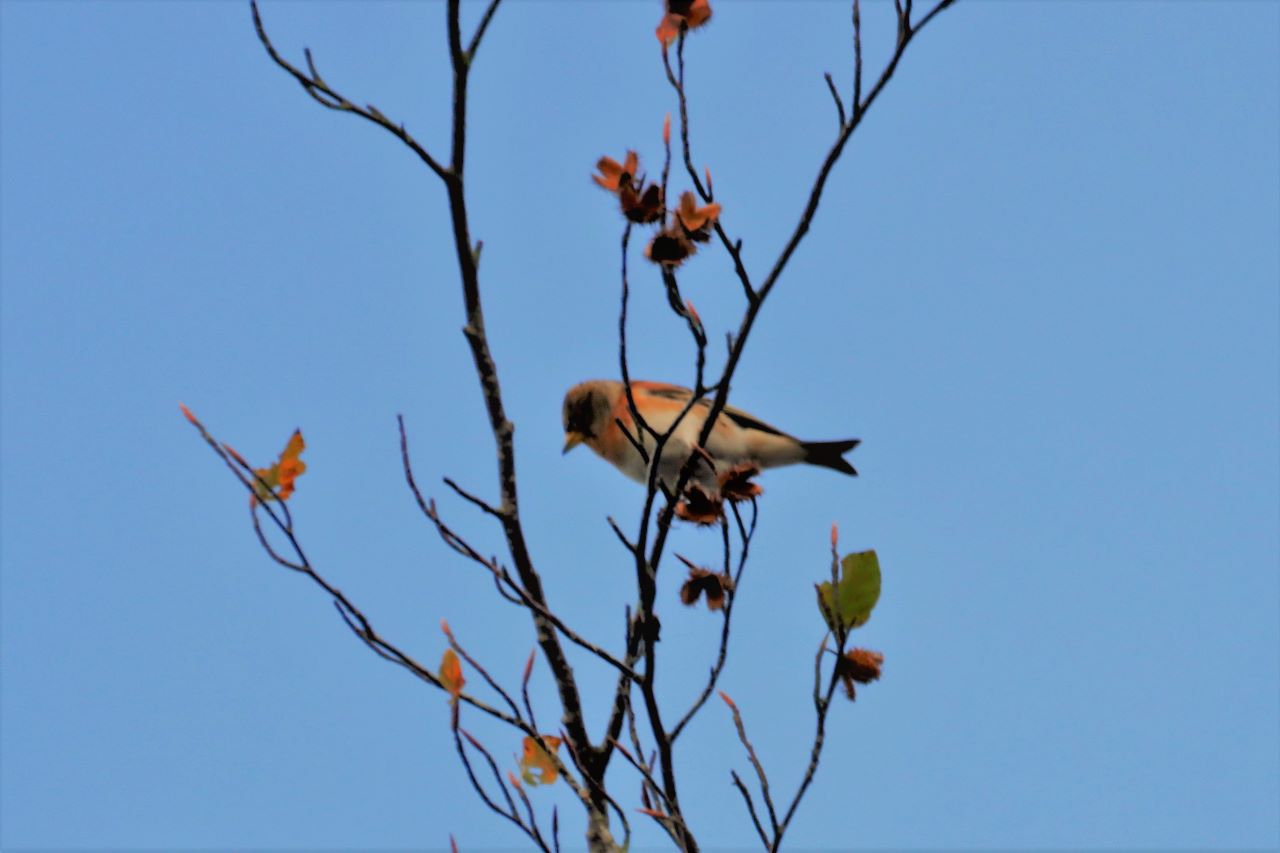
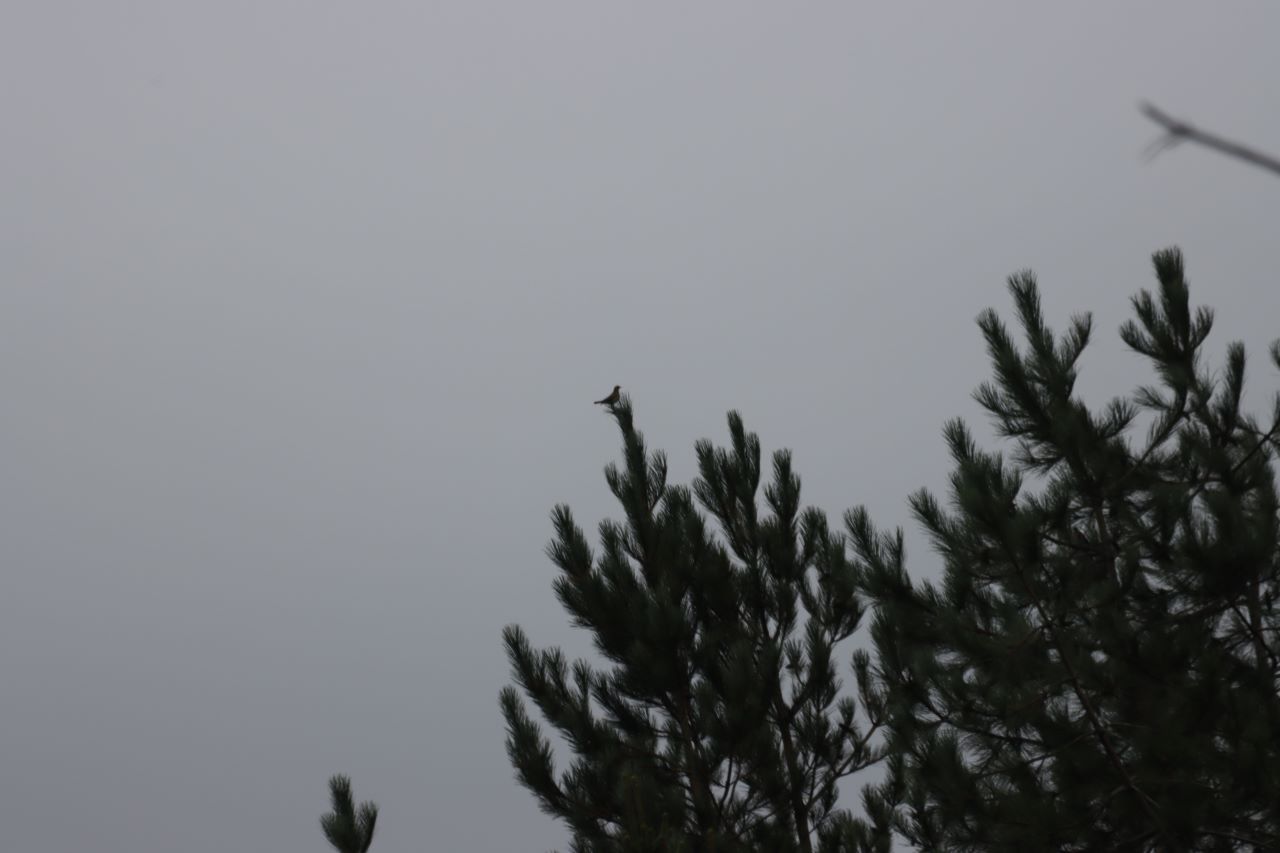

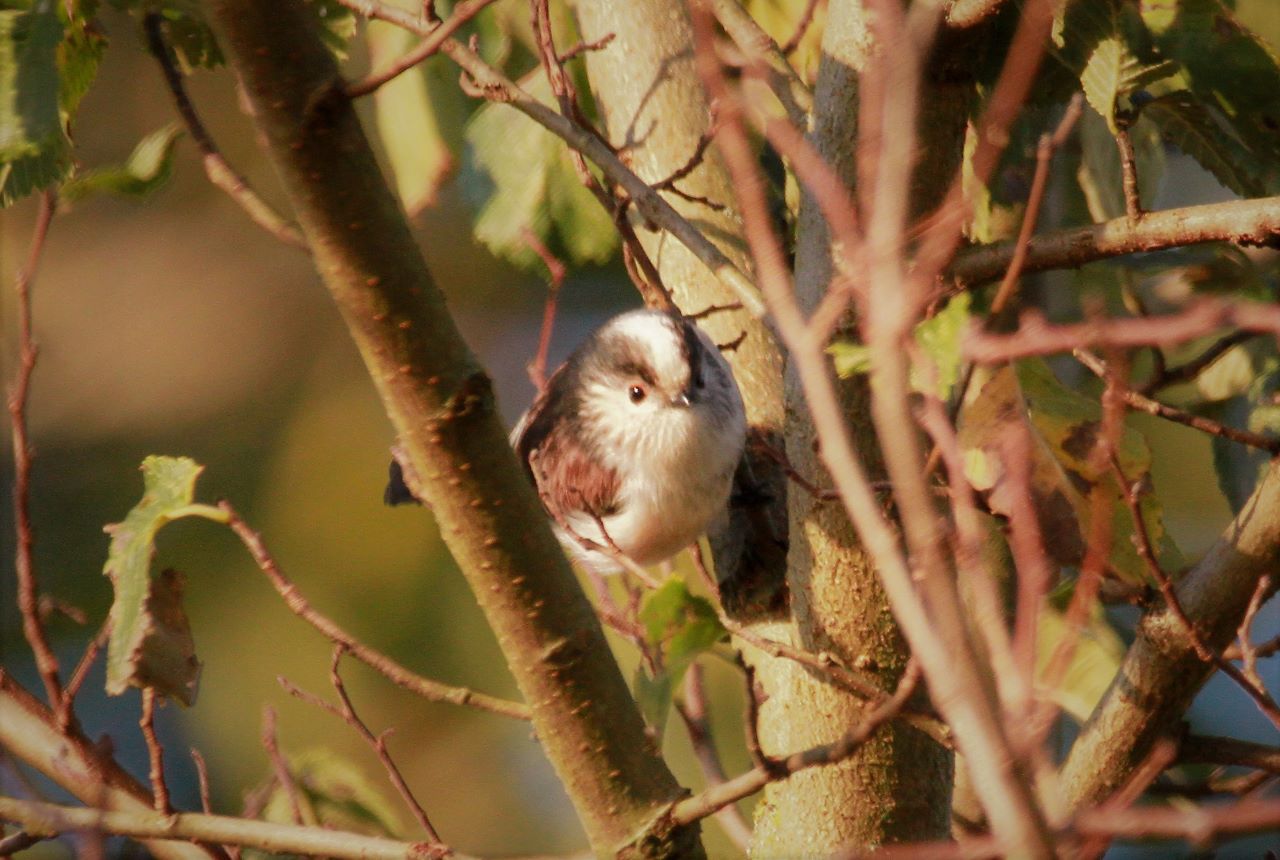
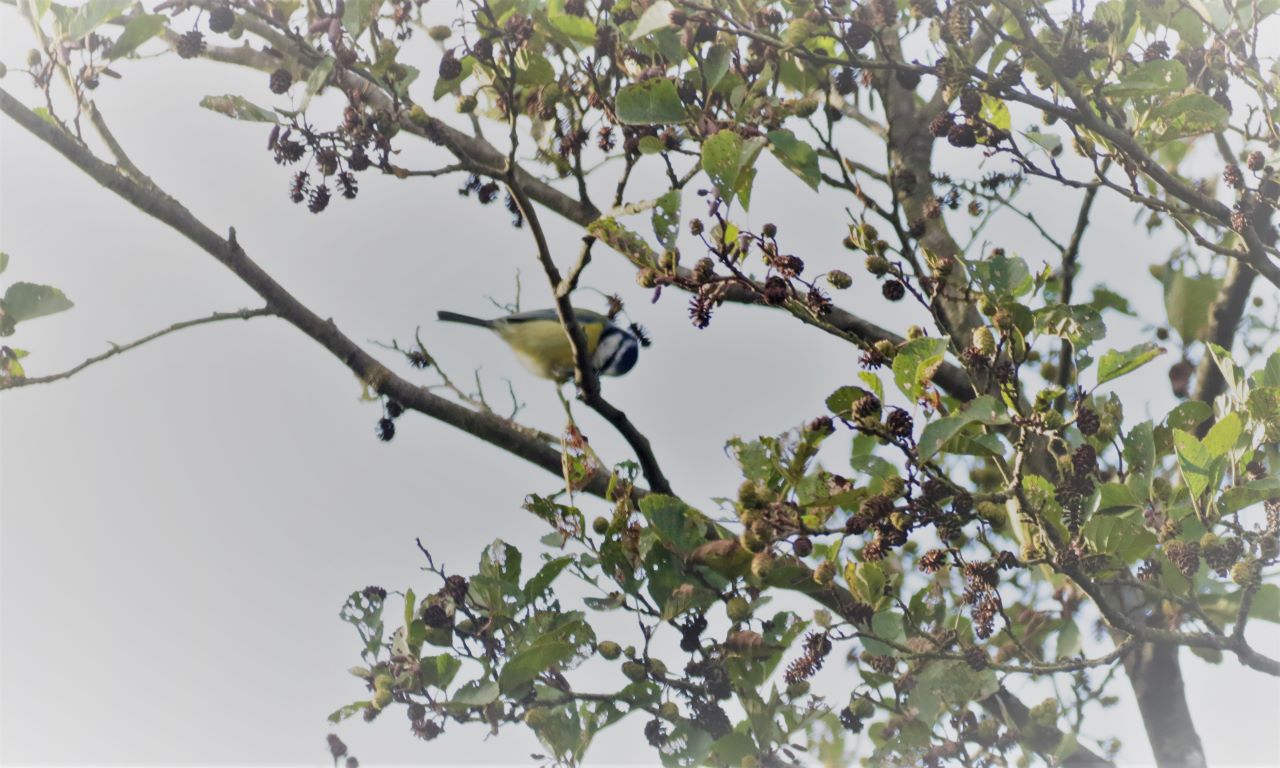
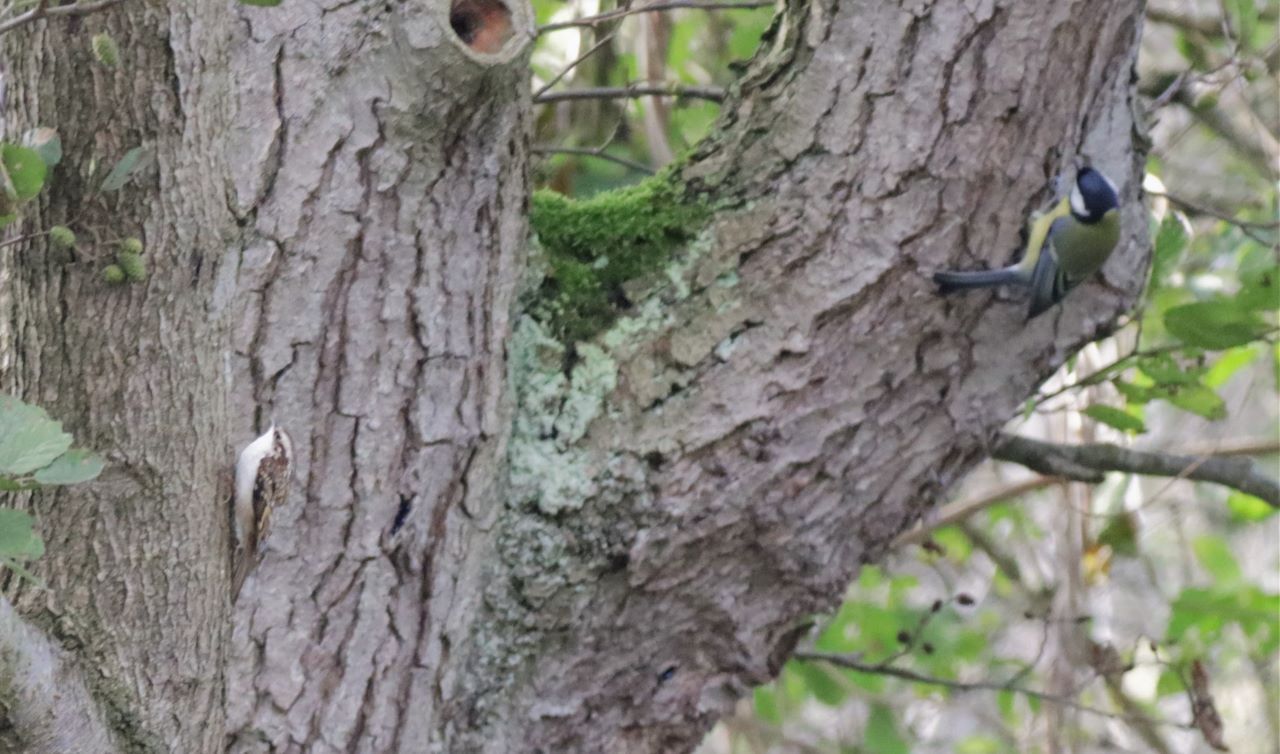
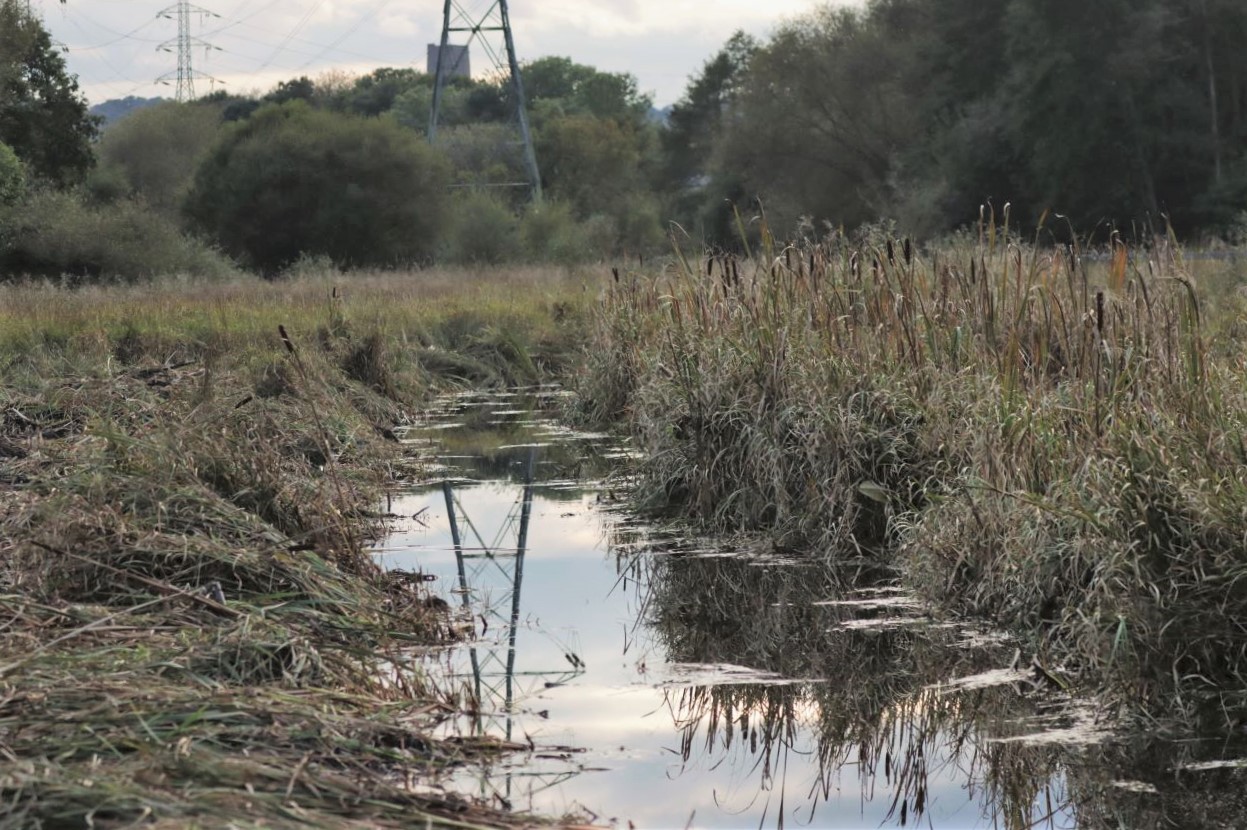
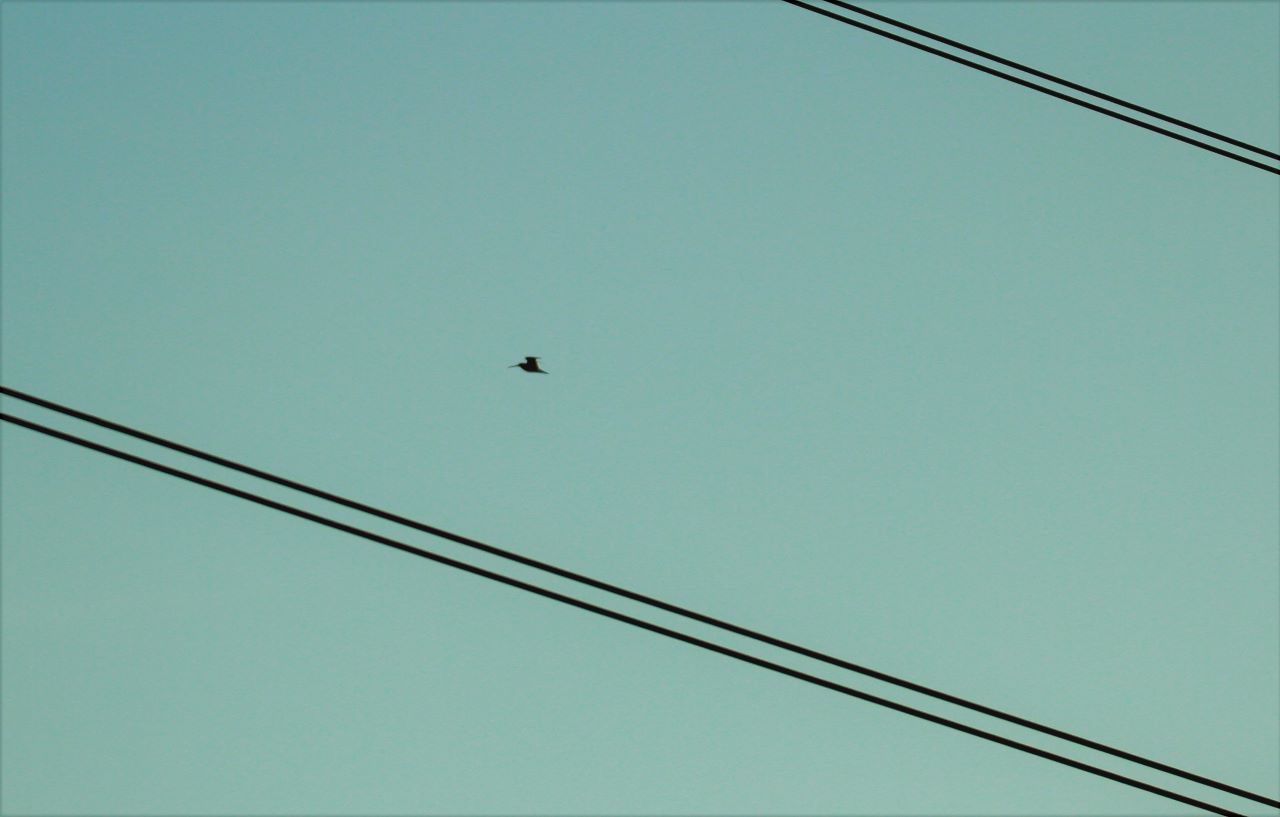



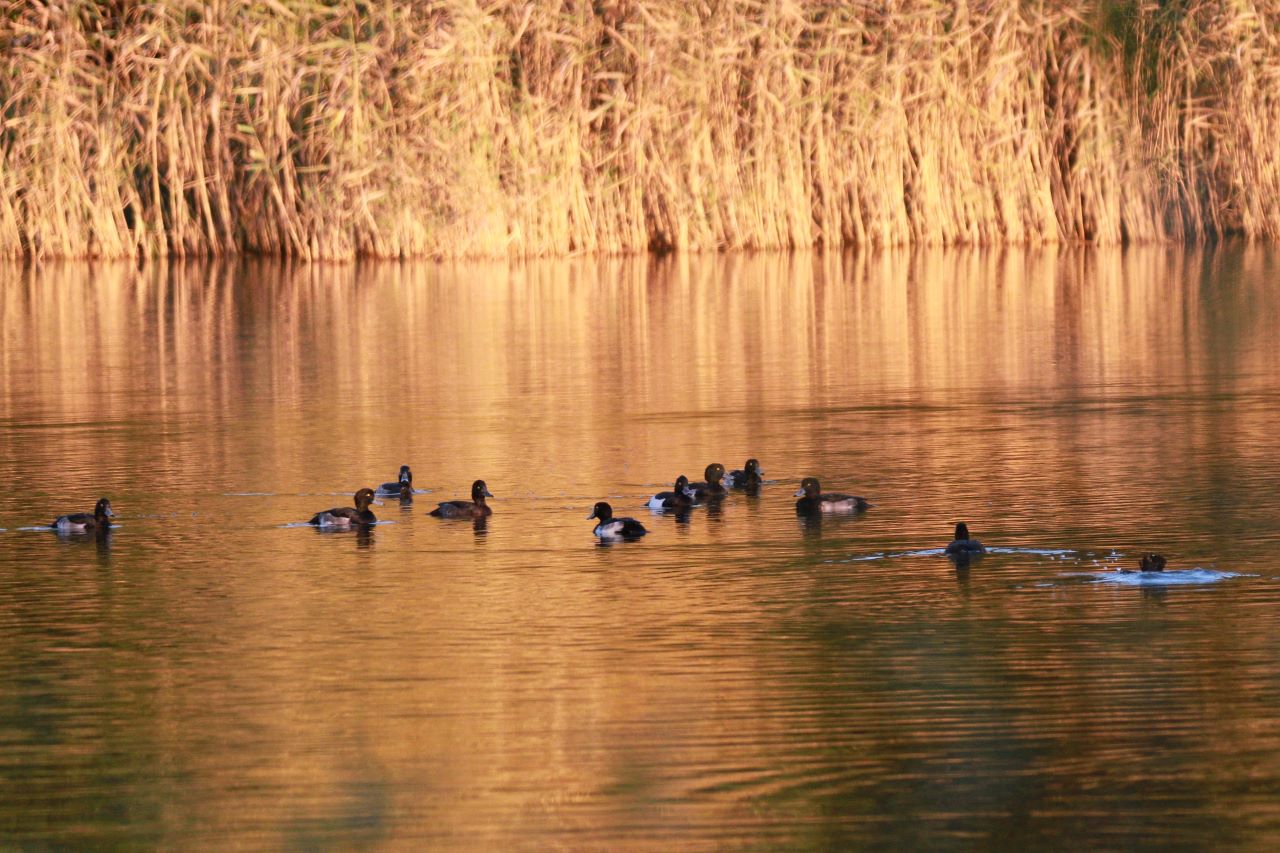







Recent Comments